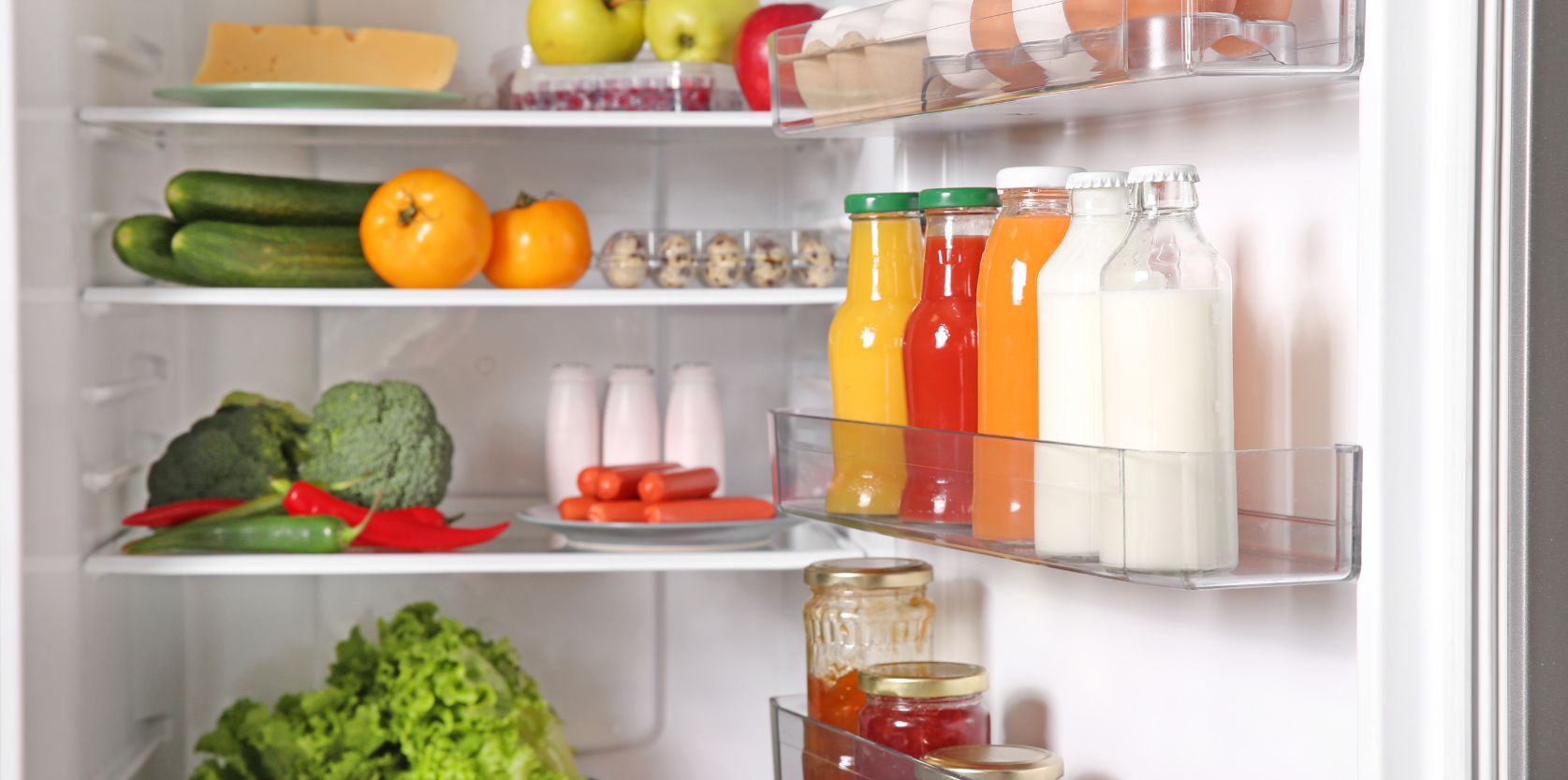
SELECT REFRIGERATOR AND FREEZER sizes that are just large enough for your family’s needs. Energy usage is proportional to cubic feet of refrigerated space, regardless of whether all of the space is utilized.
If your refrigerator or freezer is on its last legs, consider replacing it before it breaks down. Look for the Energy Star label when shopping for appliances. On average, Energy Star models use about 9% less energy than units meeting the minimum federal standards.
Don’t put a second refrigerator in the garage. In the winter months, frozen foods may melt (as the temperature sensor in the refrigerator will not activate the compressor if the temperature in the garage is 42 degrees or lower.) In the summer months, the temperature in an unconditioned garage can easily exceed 100 degrees, and the refrigerator has to work extra hard to keep food cold. If you need a second unit, place it in an air-conditioned space.
On older units, vacuum the condenser coils of refrigerators and freezers (in the back or at the bottom of cabinets) every three months or so.
Dust-covered coils impair the efficiency of compressor operation and increase energy usage.
Door gaskets on fridges and freezers should seal tightly against the frames to prevent infiltration of warm air. To check the condition of the gasket, place a dollar bill against the frame and close the door. If the bill can be pulled out with a very gentle tug or, worse still, simply drops out on its own, the door requires adjustment or the gasket needs to be replaced.
Make sure there are a few inches of space between your refrigerator and the wall to maintain good air circulation. This will help your fridge run more efficiently.
Keep your freezer full. Use gallon jugs of frozen water to help fill empty space.
Check the temperature of your refrigerator and freezer with a thermometer. Set them to whichever setting allows the refrigerator temperature to remain between 35 and 38 degrees and your freezer between 0 and 5 degrees. A refrigerator set 10 degrees colder uses up to 25% more energy.
Posted: 4/17/2024 3:41:28 PM
Author: